If you didn’t read Part 4 yet, you may do so here:Unless you have explained Iran-Contra—when Ronald Reagan was caught secretly sending billions in weapons to Ayatollah Ruhollah Khomeini, the man who launched World Jihad from Iran—you haven’t got a proper model of US politics or geopolitics.
Conversely, Iran-Contra is so important that, if you explain it, you just might produce with that a general-outline model of all US politics and geopolitics.
But your model of Iran-Contra is promising only if you can explain both Ronald Reagan and Jimmy Carter.
The mainstream hypothesis claims there is no pro-jihadi policy as such, and therefore no relationship between 1) Carter installing Khomeini in power, and 2) Reagan then arming Khomeini. That’s just an (unfortunate) coincidence.
We here propose an alternative—Machiavellian—hypothesis: Carter’s and Reagan’s policies were well articulated because they both wanted World Jihad. (What? But why? We’ll get to that…)
We claim, moreover, that the pro-jihadi policy transcends those two: it is a consistent and general policy of the US bosses.
Additionally, we claim that, in structural-functional terms, Donald Trump is to Joe Biden as Ronald Reagan was to Jimmy Carter.
Iran-Contra—more broadly understood—is therefore the key to everything.
Power can sometimes be won or maintained without violence, but never without fraud, because it is necessary to make use of the masses, and the masses would not co-operate if they knew that they were simply serving the purposes of a minority.
—George Orwell1
“You can’t do this,” I have been informed. “You leave us hanging for the presumably final installment [in the Iran-Contra series]”—a suspense this reader compares to the ‘Who Shot JR?’ business in Dallas—and now, “more than a year later,” people are still waiting to know what happens next in this “tremendous series of 4 superb articles.”
Well, hey, scold me again.
Look, I apologize for the delay, but I do beg your forbearance. This is gonna keep happening, folks. Every time, whilst in the middle of some exciting series, the world will somewhere take a(nother) nasty turn, fixing everybody’s mind on ‘Z.’ I’ll then say to myself (trance-like): ’Tis the moment to explain ‘Z’! And I’m gone, leaving only a puff of smoke, like the ol’ Road Runner. And from a cliff, like Wile E. Coyote, hanging, my five loyal readers…
But have no fear: happily, and by the same logic, some other nasty turn will later force me back to an unfinished series and I’ll get the thing done (or at least I’ll inch it forward).
And here we are. On cue, as if to bequeath the parting gift of mise en scène, Jimmy Carter died right as Donald J. Trump was about to be inaugurated. We even saw Trump at Carter’s funeral. Mwuah! Perfect.

That’s just what I needed here, for two reasons:
The first reason is that I had left off the Iran-Contra series with a promise to examine Jimmy Carter’s responsibility for the Iran-Contra Affair. Because, though Iran-Contra is, strictly speaking, a scandal of the Reagan administration, it was Carter who kicked Iranian Shah Reza Pahlavi out of power to replace him with Khomeini, after which Reagan then sent Khomeini all those secret weapons.
The second reason is that I consider the Carter-Reagan relationship in Iran-Contra, properly understood, as a perfect model for our present moment, because the same basic structure and function, I claim, repeats in the Biden-Trump relationship.
History doesn’t repeat itself, but it often rhymes.
—Mark Twain (allegedly)
Now, the Carter-Reagan structure is like this: the first president is publicly represented as soft on jihadism, and the second as tough on jihadism; yet, where it counts, that is, where billions of US-taxpayer dollars are spent, both the first and the second president pursued policies that—in point of historical fact—consistently advanced the growth of jihadism.
This Carter-Reagan structure, we claim, repeats in Biden-Trump.
Biden and Trump, and our own present moment, will be discussed in a future piece. First we must grasp the original Carter-Reagan structure as it manifested in Iran-Contra.
My main competitor here is the mainstream interpretation, which we might call the ‘mistakes were made’ or ‘innocence’ hypothesis. Mind you, this is never presented in media and academia as a hypothesis but as an allegedly obvious truth in need of zero scientific defense.
This mainstream interpretation assumes (as allegedly obvious truths) the following about Carter and Reagan:
they were both good guys;
since one was a Democrat, and the other a Republican, they were political opposites; and
the motivations behind their policies were precisely those which they publicly claimed.
Under these assumptions, how to explain the undisputed historical fact, namely, that Carter’s policy (removing the Shah of Iran and installing Khomeini), and Reagan’s policy (secretly arming Khomeini to the teeth), were perfectly articulated to assist the launch of World Jihad?
Mainstream ‘innocence’ (good guys) hypothesis. Carter was trying to protect Iranians from human-rights abuses, whereas Reagan was trying to ransom the lives of some hostages in Lebanon. But they both goofed. And it is sheer, utter coincidence that their mistakes—on entirely unrelated policy objectives—all happened to assist perfectly Khomeini’s launch of World Jihad. Because World Jihad is the last thing that either Carter or Reagan—both good guys—ever wanted.
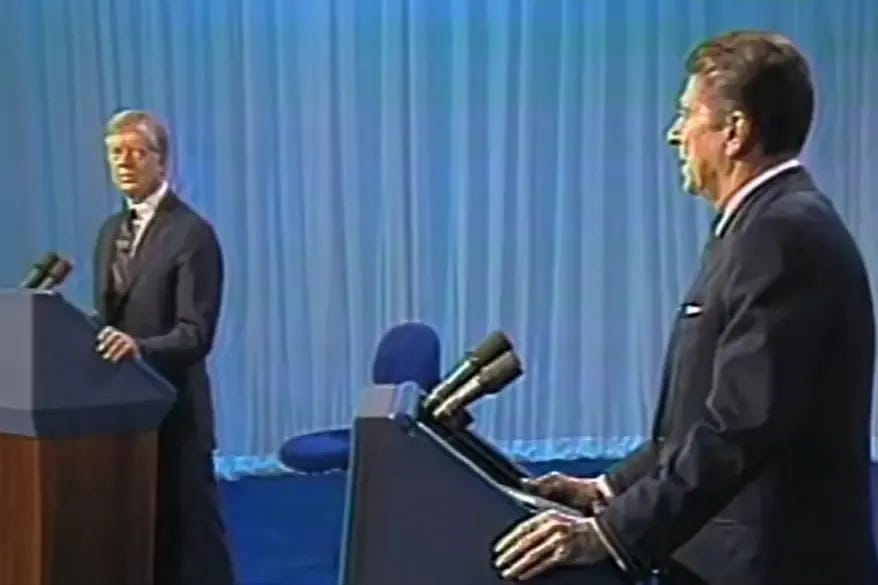
As we’ve already seen (Part 2), this mainstream story, at least as stated above, fails with Reagan/Bush, because the Reagan/Bush claim that they gave Khomeini secret weapons to beg for the lives of Hezbollah-held hostages in Lebanon, always absurd, was shown to be false. How? Several investigations later documented that the decision to begin sending secret arms to Khomeini, and the first arms shipments to Khomeini, took place in 1981, when no hostages in Lebanon yet existed.
So why did Reagan arm Khomeini? It’s a mystery.
I propose the Machiavellian hypothesis as a possible solution to this mystery.
Machiavellian hypothesis. Carter (‘Democrat’) and Reagan (‘Republican’) were hardly different in any important political or geopolitical sense—they both belonged to one and the same pro-jihadi power cabal, and they both served the top bosses above them. Carter committed treason to make Khomeini the Supreme Leader in Iran, and Reagan then committed treason to arm Khomeini to the teeth, in perfect functional articulation, because they were each consciously doing their corresponding part in an overarching and shared plan. Carter and Reagan made no serious mistakes—to the contrary: the launch of World Jihad was a tremendous success. The story of alleged ‘mistakes’ is just to veil from our understanding that World Jihad is precisely what the US bosses wanted.
As mentioned, we’ve already seen the mainstream hypothesis fail in the case of Reagan (Part 2). Our present questions are therefore these:
Can the mainstream ‘innocence’ hypothesis at least explain Carter’s policies?
and:
Can the Machiavellian hypothesis—which can easily explain Reagan’s policies—just as easily explain Carter’s?
If we find that the mainstream hypothesis also cannot explain Carter, and that the Machiavellian hypothesis accounts for Carter as easily as it does for Reagan, then the Machiavellian hypothesis becomes king of the hill.
Let’s get into it.
Carter the good guy: the mainstream hypothesis in historical context
The presidential campaign of 1975-76, in which Jimmy Carter’s good-guy public persona was crafted, happened against a background context of scandal and political turmoil. I briefly summarize that context.
In 1974, Richard (“I am not a crook!”) Nixon had stepped down as president amid shameful Watergate-Scandal revelations, and his vice-president Gerald Ford had assumed the office as replacement. The next year, the Vietnam War finally concluded amid controversies regarding the Gulf of Tonkin Incident2 and allegations of US war crimes.3 Meanwhile, in the Senate, the Church Committee was exposing simply gruesome CIA crimes against US citizens (MK-Ultra). All of this, mind you, was on the heels of a decade’s worth of scandals concerning CIA corruption of citizen institutions in the United States (here’s one example).
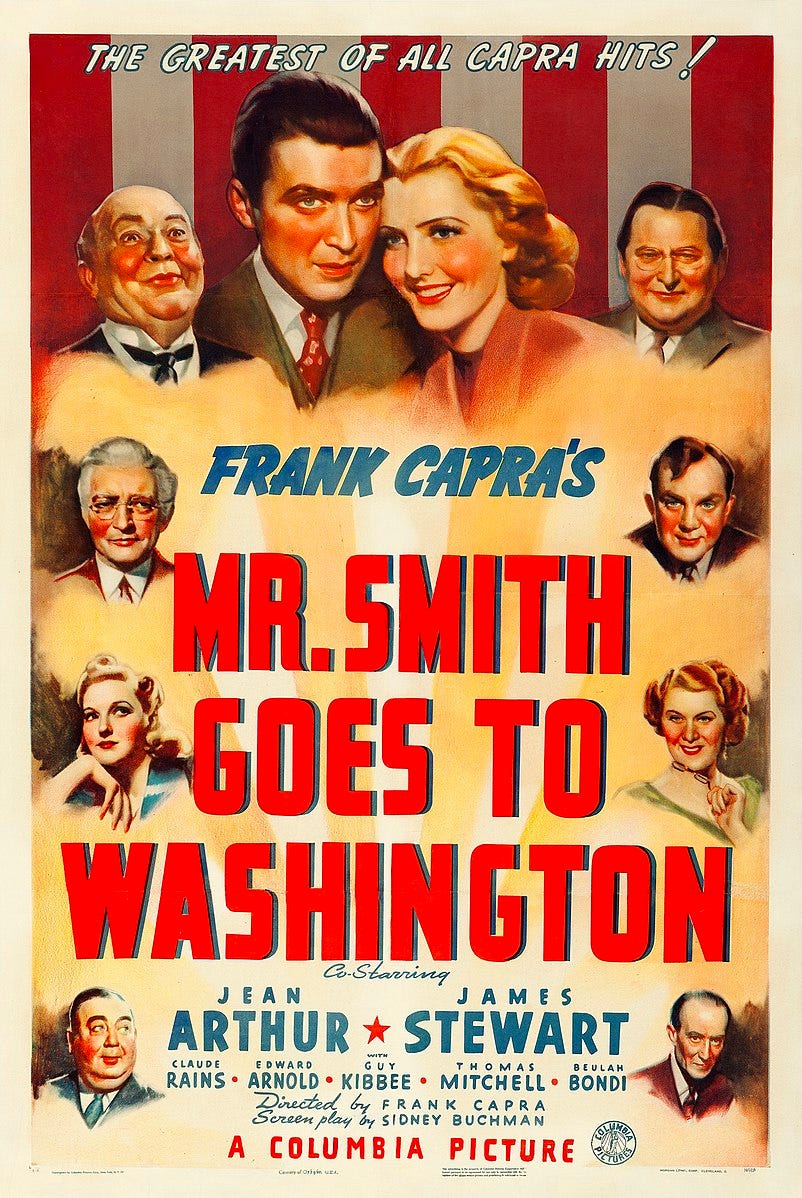
Stunned US citizens wanted a regular guy, an outsider, to fight entrenched corruption in Washington, as in Frank Capra’s famous Mr. Smith Goes to Washington. Looking for Jimmy Stewart, into their sights walked Jimmy… Carter: the ‘peanut farmer from Georgia.’ With his pronounced southern drawl, which complemented his Baptist, preacher-like speaking style, Carter promised to restore moral leadership and transparency to government, heal the nation’s divisions, and tackle domestic and foreign policy with a fresh, ethical perspective.
Now, about Iran..
In seeming agreement with his campaign promise to be a good-guy, President Carter publicly criticized the Shah Mohammed Reza Pahlavi, King of Iran, for allegedly oppressing his own people. And he came down heavy on the Shah—whose entire system was dependent on US support—and basically ordered him to step down!
Not so consistent with his good-guy image, however, Carter also helped the violent Shia cleric Ayatollah Ruhollah Khomeini to seize power in Iran after the Shah left. And then Khomeini launched World Jihad (Holy War) against ‘infidels.’ He would start by killing all the Israeli Jews, said Khomeini. Then he was coming for Great Satan (the US). On second thought, maybe Great Satan should get a taste of it first. Next thing you knew, the entire US embassy in Tehran had been taken hostage (see Part 1).
Ouch.
Yet Carter’s good-guy image survived! In his post-presidency he built homes and extolled ‘peace,’ racking up the plaudits in media and academia: Look, he builds homes, he wants peace: he is a good guy. And that insistent mainstream message—Carter is a good guy—was recruited to explain the whole Khomeini fiasco: Mordor took Iran because Carter was too good; Khomeini took advantage of him.
A flawed president,
yet the world’s great peacemaker—
a life well redeemed.
—chatGPT’s instant haiku to express the
general tenor of recent Carter obituaries
The talking heads are still at it. This relentless narrative—Carter, the out-of-his-depth good guy—is all over the obituaries and eulogies published recently after his death. The authors of this memorial literature are in broad agreement with the scholar who, a few years ago, wrote quite matter-of-factly, as though stating an obvious truth rather than a hypothesis (which is typical), that “the idealistic president [Carter] allowed himself to be duped by the more subtle and deceptive Khomeini.”4
Our meaning makers want us to see Jimmy Carter—the US President, the most powerful man in the world—as first seduced and then raped! (That’s how innocent and defenseless the mainstream hypothesis requires him to be.) This “idealistic” president thought Khomeini was some kind of holy man, but—Alas…!—he turned out to be a genocidal religious fanatic. Who could have predicted that? Oh well. Mistakes were made. And they were made again, and right away, Alas…!, by Ronald Reagan, who illegally sent all those secret weapons to the same genocidal religious fanatic. Many billions’ worth… Guess they blew it there, too. Everybody meant well, though—that’s the important thing!
MOR’s Grand-Show model and the alternative Carter-Reagan hypothesis
MOR’s Grand-Show model is built on a foundation that political theorist Maurice Joly, a precursor of George Orwell, laid down after the world-changing pan-European revolutions of 1848.
This model claims (among other key claims) that ever since the 1848 revolutions, which produced modern Western democracy, the top bosses in the West have been paying lip service to the values of democracy while working in the shadows—via their clandestine services—to destroy it.
According to this model, the Western bosses—by which we mean the real holders of power, responsible for State-level decisions—are psychopaths who will stop at nothing. They created the eugenics movement and its progeny, Nazism, as tools to impose a totalitarian order on us.
The bosses—we believe—are open to any and all ideas that may help them impose totalitarianism. And they have found that jihadism offers perhaps the greatest promise for the final and permanent victory they mean to achieve over us.
Naturally, for pro-Nazi or pro-jihadi policies to work, the hand of the US bosses must not be apparent. Therefore, in order to put Westerners to sleep and also to manipulate them into cooperating with the destruction of their own democracies, the bosses have used the awesome powers of US Intelligence (and allied Western intelligence agencies) to seize clandestine control of the meaning-making institutions of media and academia in the West, and of the major political parties (at least at the top). This meaning-making, reality-management system is employed by the bosses to great advantage, turning our experience into a Grand Show.
Presidential elections, in this model, are interpreted in the manner of a pro-wrestling match (without the honesty of pro wrestling). The top bosses, the power impresarios, control each time both presidential candidates, who merely pretend to be whatever character will produce voter attachment and engagement for the ‘left’ or for the ‘right.’ Whoever ‘wins,’ the bosses remain always in power.
We have considered how this model might apply to Trump here:
How might this model apply to Iran-Contra?
First, to stay in power following the Republican scandals of the Nixon/Ford years, the bosses needed the proper Democrat character in order to capture for themselves the inevitable voter anger at the polls. So they created ‘Jimmy Carter’ and gave him the image of a populist and incorruptible outsider committed to cleaning house.
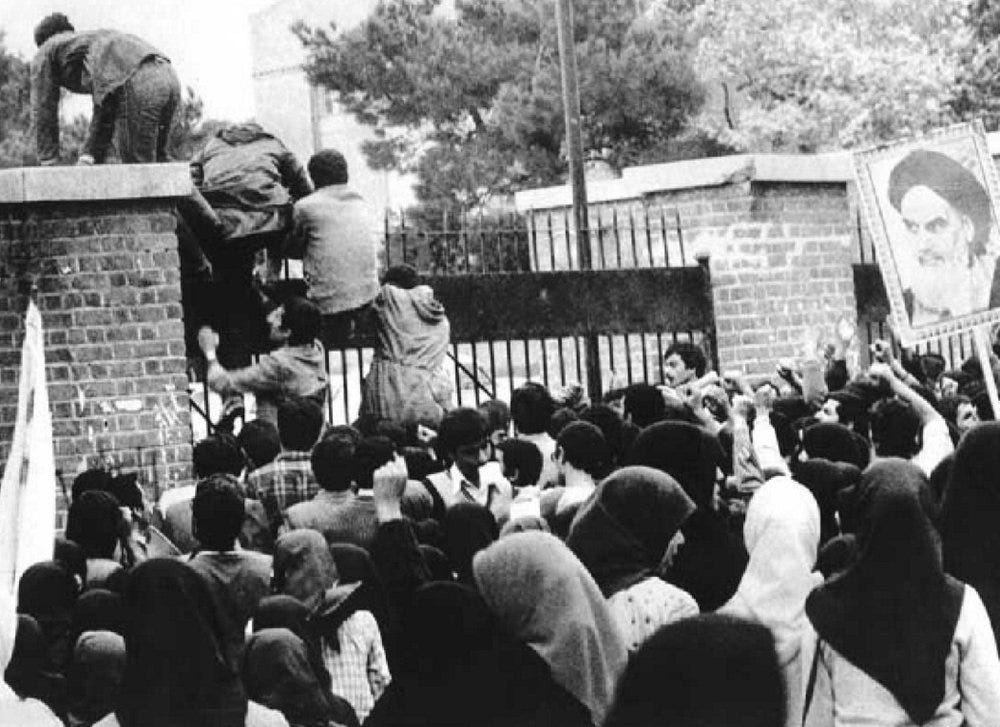
But then, when Khomeini took power in Iran and launched World Jihad—which, under any interpretation, he did obviously thanks to Carter—the bosses managed our reality to call that a “massive blunder,” a consequence of well-meaning Carter’s supposed good-guy softness and vacillation. The accusation of treason was thus dodged—but not voter anger, especially after Khomeini took the entire US embassy hostage. To capture that voter anger for themselves (yet again) at the polls, the bosses simply scripted a new character: a shrewd and macho ‘anti-jihadi’ Republican, casting for the role a dashing Hollywood actor: Ronald Reagan (see Part 1).
The impressive production values and Reagan’s Oscar-worthy performance were simply spectacular. It worked. Voters never imagined that their beloved anti-jihadi champion, installed by them in the White House to fight against World Jihad, would right away begin shipping secret weapons—to the tune of several billion dollars a year—to the same Khomeini, fueling the next stage of World Jihad.
And that’s the alternative—Machiavellian—hypothesis.
Why does this controversy matter?
If a solid refutation of the mainstream ‘innocence’ hypothesis is possible, increasing our confidence that Carter and Reagan indeed were one and the same pro-jihadi team, this improves the likelihood that the Grand Show model may explain more—much more—than just these two presidents. For if Carter and Reagan were only pretending to be rivals, perhaps all presidential candidates are just pretending to be rivals. In which case perhaps all of Middle East policy from Carter all the way to Trump can be explained with the same pro-jihadi model.
That is indeed our claim: US bosses have had a bipartisan pro-jihadi policy all this time, fielding candidates from Carter to Trump who promote this policy while of course pretending to fight jihadism.
We will consider Jimmy Carter’s policies (in Part 7) so that you may judge for yourself which hypothesis—whether stupid innocence or clever Machiavellianism—best explains what happened in the prelude to Iran-Contra. But first, in Part 6, we must consider the pre-prelude, that is, the context into which Carter became president.
The Gulf of Tonkin Incident was the false allegation that the North-Vietnamese had supposedly attacked US ships in the Gulf of Tonkin, which was presented by the Pentagon and the White House as fact so that Congress would authorize US military aggression in Vietnam.
The lie was first exposed in 1967, in a letter by former naval officer John White to the editor of the New Haven (CT) Register.
“I maintain that President [Lyndon B.] Johnson, Secretary [Robert] McNamara and the Joint Chiefs of Staff gave false information to Congress in their report about US destroyers being attacked in the Gulf of Tonkin.”
The major accusations of U.S. war crimes in Vietnam include the following:
My Lai Massacre (1968). The most infamous incident, where U.S. troops killed between 347 and 504 unarmed civilians in Sơn Mỹ village. The victims included women, children, and elderly individuals, and many were raped or tortured before being killed. This event became public in 1969 and sparked widespread outrage. Other less-publicized massacres occurred, such as in the villages of Bình An and Trà Lộc.
Use of Chemical Weapons. The U.S. military used defoliants like Agent Orange to destroy forest cover and crops. These chemicals caused massive environmental damage and long-term health effects, including cancer and birth defects, in both Vietnamese populations and U.S. veterans. They also used napalm, a highly flammable gel used in bombings that caused horrific burns to civilians and soldiers alike.
Bombing of Civilian Targets. Extensive aerial bombings (e.g., Operation Rolling Thunder) often targeted civilian areas, causing large-scale death and destruction, such as the bombings of Hanoi and Haiphong.
Torture and Mistreatment of Prisoners
Allegations include the torture of Vietnamese prisoners during interrogations, both directly by U.S. forces and in collaboration with allied South Vietnamese forces.
Systemic Violence and Sexual Abuse
Reports of systemic rape, sexual assault, and violence against Vietnamese women, often going unpunished.
Simpson, G. L. (2017). Seeking Gandhi, finding Khomeini: How America failed to understand the nature of the religious opposition of Ayatollah Ruhollah Khomeini in the Iranian Revolution. The Journal of the Middle East and Africa, 8(3), 233-255. (p.236)


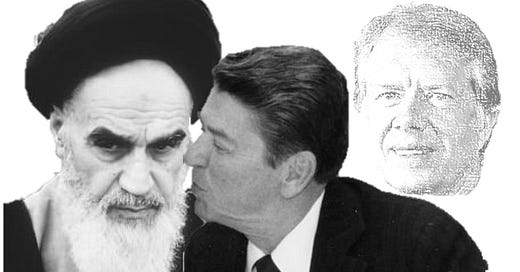



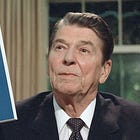


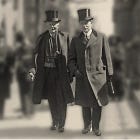
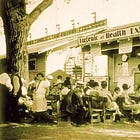

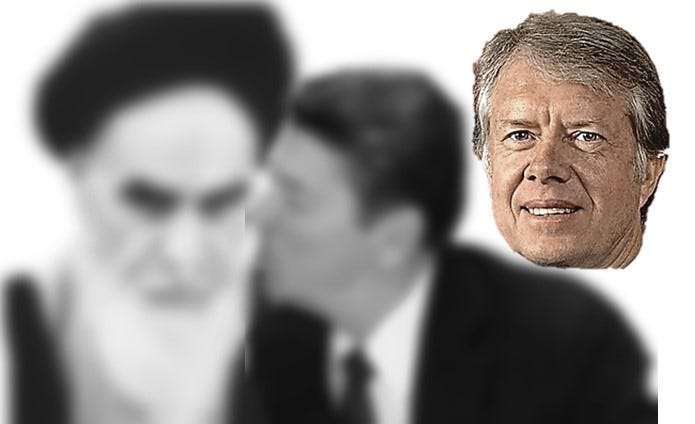
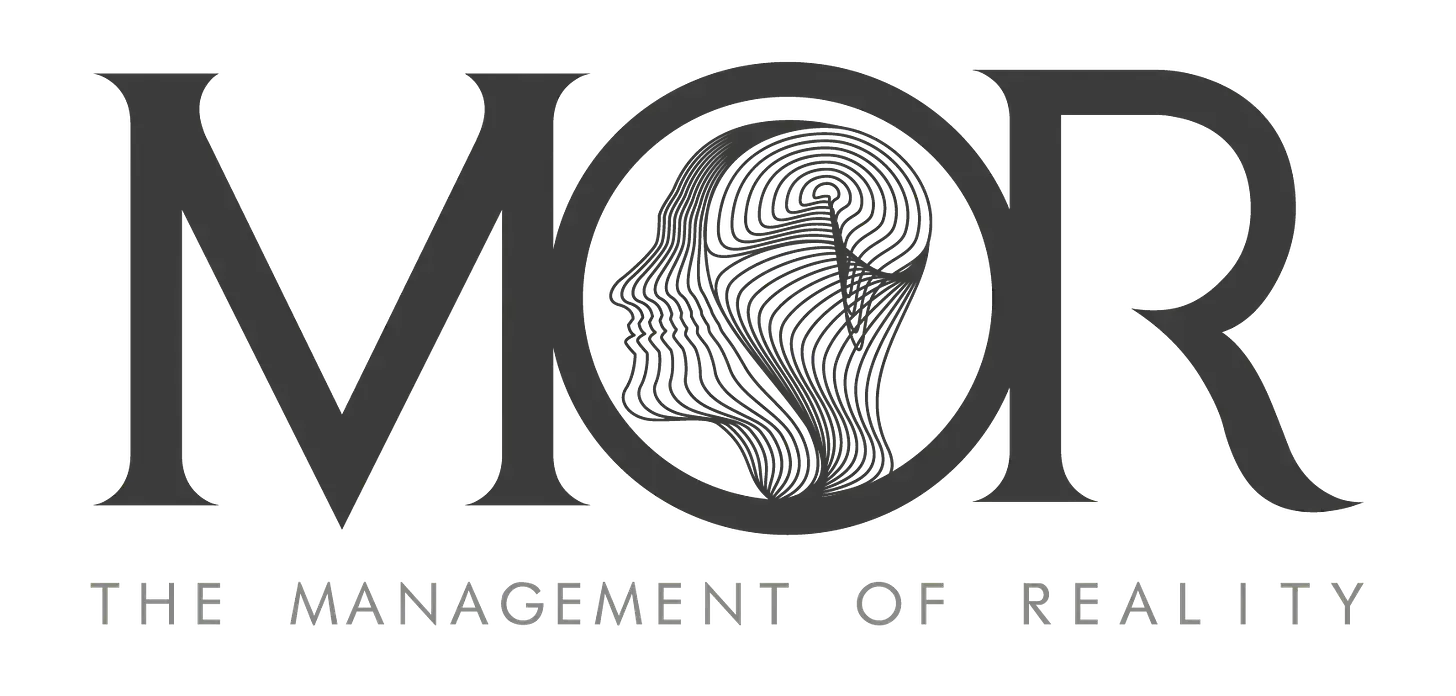
I cannot think of another place to put this comment. I hope you and your readers see it. Are you familiar with the Rudolf Kastner trial of 1956 in Israel? Or the story of Joel Brand, Adolf Eichmann and the Hungarian Jews? I just completed an out-of-print classic book, Perfidy. It was written by Ben Hecht (a screen writer with an Oscar in 1927) and I cannot recommend it to you enough. It supports your Machiavellian theories of the bosses--this time the Israeli founding fathers. Although I do not want to take you off course, perhaps you should apply your theorizing to Netanyahu? Or is the problem, as you said in a recent interview, the perennial surprise Jews show when antisemitism recurs.
Thank you Francisco. Like many of your followers, I await each new installment of your research with high anxiety. Take your time to do the careful research, but know that many of us drop everything to read a new post.... looking forward to episode 6....